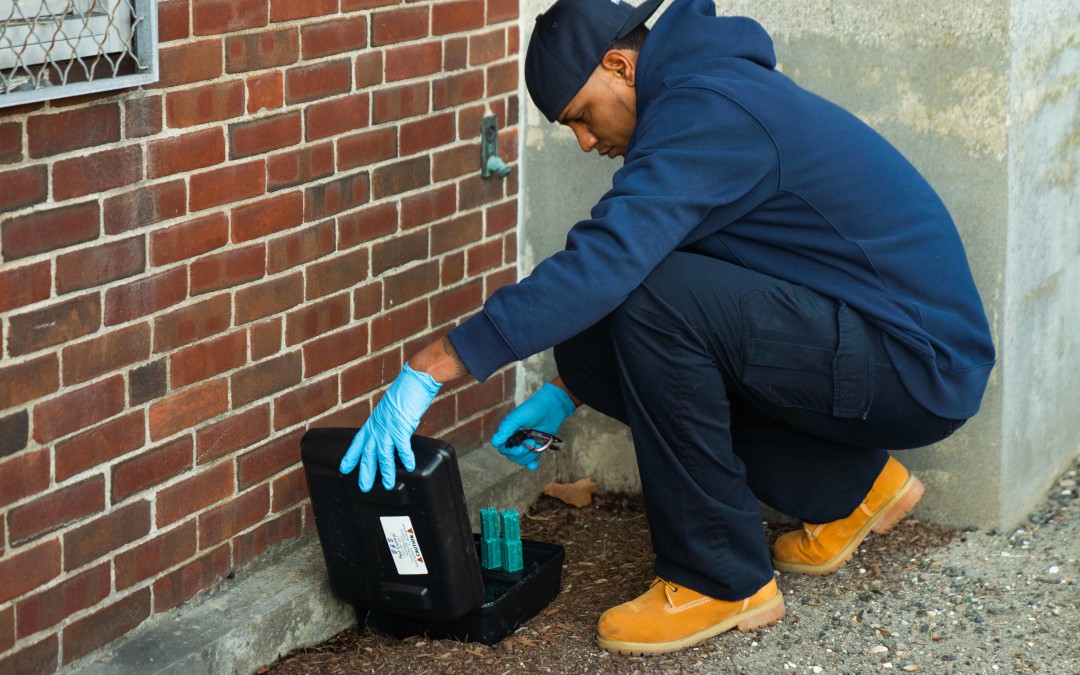Hepatitis E is a virus that only infects rats, but a new strain has appeared in Hong Kong and it is now infecting people. The first case of rat-to-human transmission of the rat hepatitis E virus (rat HEV) first showed up in Hong Kong in 2018. By May 2020, 10 more cases have been reported in that area.
The mechanism of transmission is still not understood. For example, in the case of the 61-year-old man who was infected on April 30th, 2020, there were no rats or rat feces in his apartment, and he had not traveled recently. One theory is that people are infected when they ingest water or food that has been contaminated with rat feces, or when they handle any objects that have been contaminated. However, these theories are unproven, and there is a chance that an intermediate animal passes the virus between rats and people.
Hepatitis is a disease of the liver which causes inflammation in the organ. Hepatitis E is a version of this disease, and it is transmitted from human to human through feces-contaminated water. The infections are not as common in developed countries, and there are rare cases in which infections can happen by consuming animal products that have been infected themselves.
In terms of symptoms, you have nausea, vomiting, fever, joint pain, and yellowing of the skin (jaundice). Most people will not develop any symptoms, or will only develop mild ones. However, the disease can be serious in people who have compromised immune systems. Although complications are rare, hepatitis can result in liver failure.
The only other case of rat-to-human HEV transmission outside of Hong Kong has been recorded in Canada in 2019, after the person had visited Africa. This goes to show that the disease is likely occurring around the world, but is currently underreported because doctors are not really testing for it. The disease requires a specific test in order to be identified, and that test is not yet widely adopted.
Rodents can transmit a variety of other diseases, none of them pleasant. These diseases include the hantavirus pulmonary syndrome, the hemorrhagic fever with renal syndrome, the lassa fever, leptospirosis, salmonellosis, and even the good old plague. It’s why it is so important to get rid of a rat infestation as soon as possible.
If the infestation is small, and you catch it early on, you can use traps yourself and you should be able to get rid of the rats. However, if the infestation is medium-to-large in size, you will need professional help. In these situations, poison traps may be useful as well, but if the rats start to die in their nests, or under furniture, you will have a very hard time finding and removing their bodies. If you have tried everything, or if you would like to get rid of an infestation right away, contact us today.

